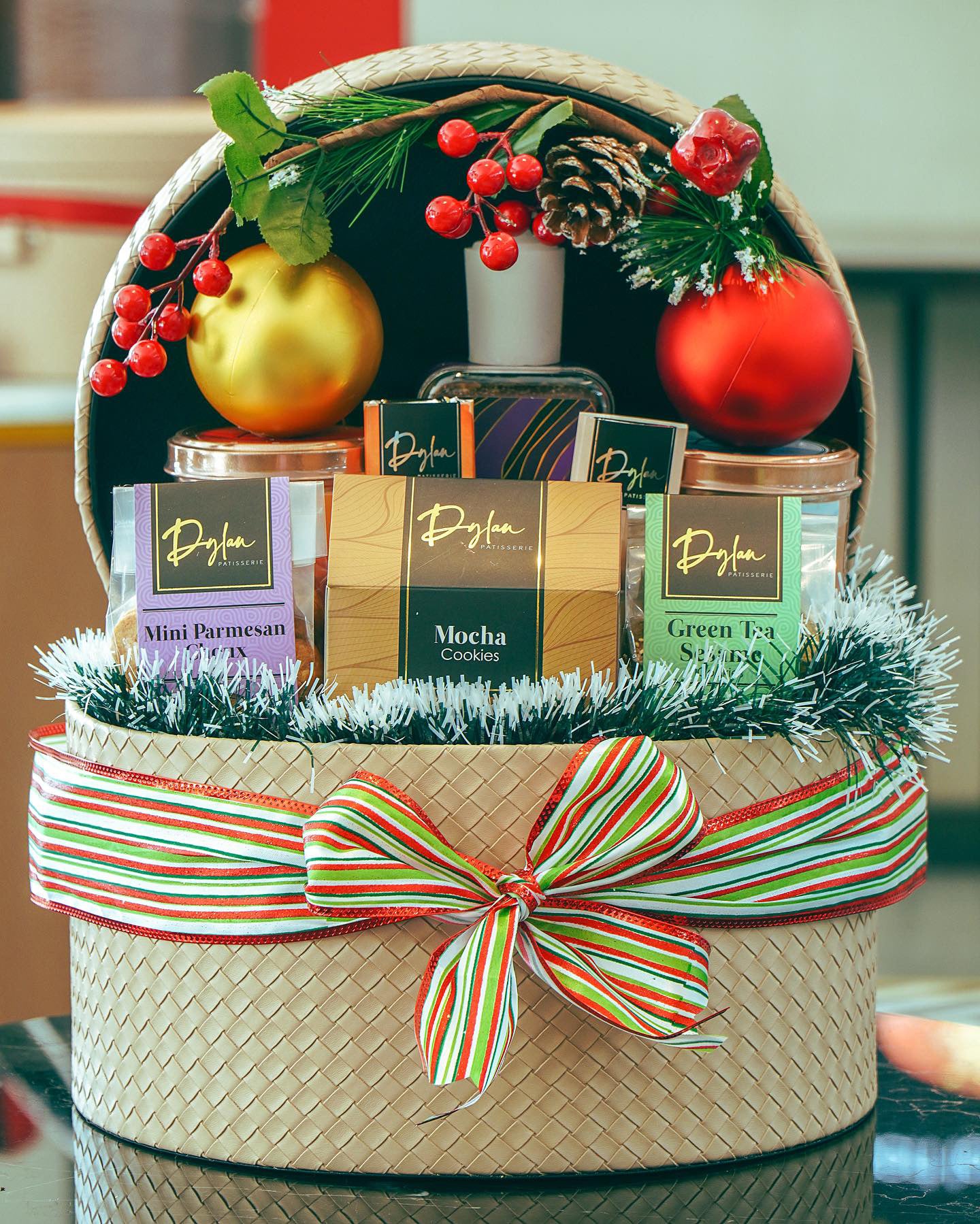From Cake to Coffee: Discover Manila's Best Café Experience
Our café in Manila offers a wide range of delicious food and drinks. Here are some of our specialties:
Ham and Cheese Croissant
Flaky, buttery croissant filled with savory ham and melted cheese. Perfect for breakfast or lunch.
Pies
Our pies are made with the freshest ingredients and come in a variety of flavors. Try our classic chicken pie or our vegetarian option.
Shakshuka
Eggs poached in a flavorful tomato sauce, served with crusty bread for dipping.
Sandwiches
From classic combinations to innovative creations, our sandwiches are all made with fresh, high-quality ingredients.
Specialty Coffee
Our expert baristas craft each cup with care, using only the best coffee beans. Try our signature blend or one of our many specialty drinks.




